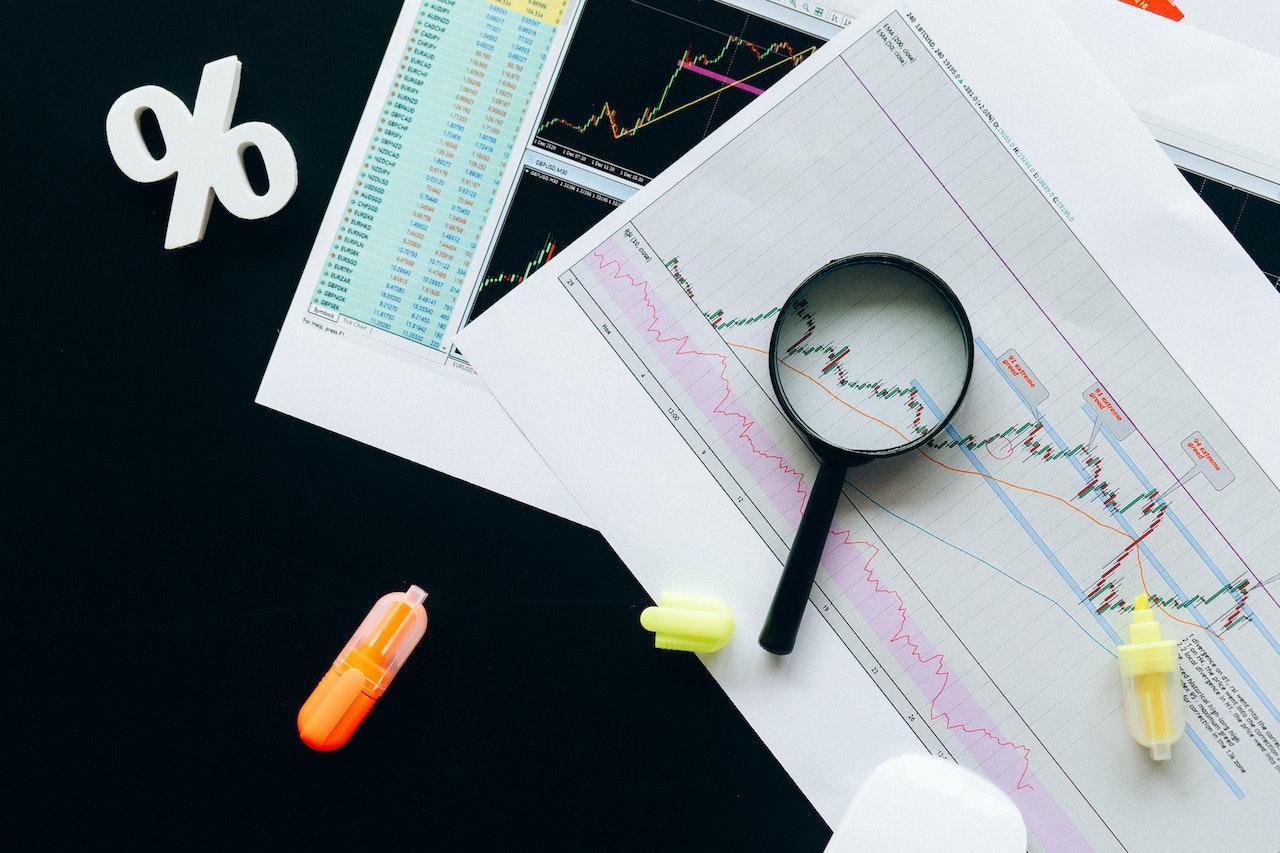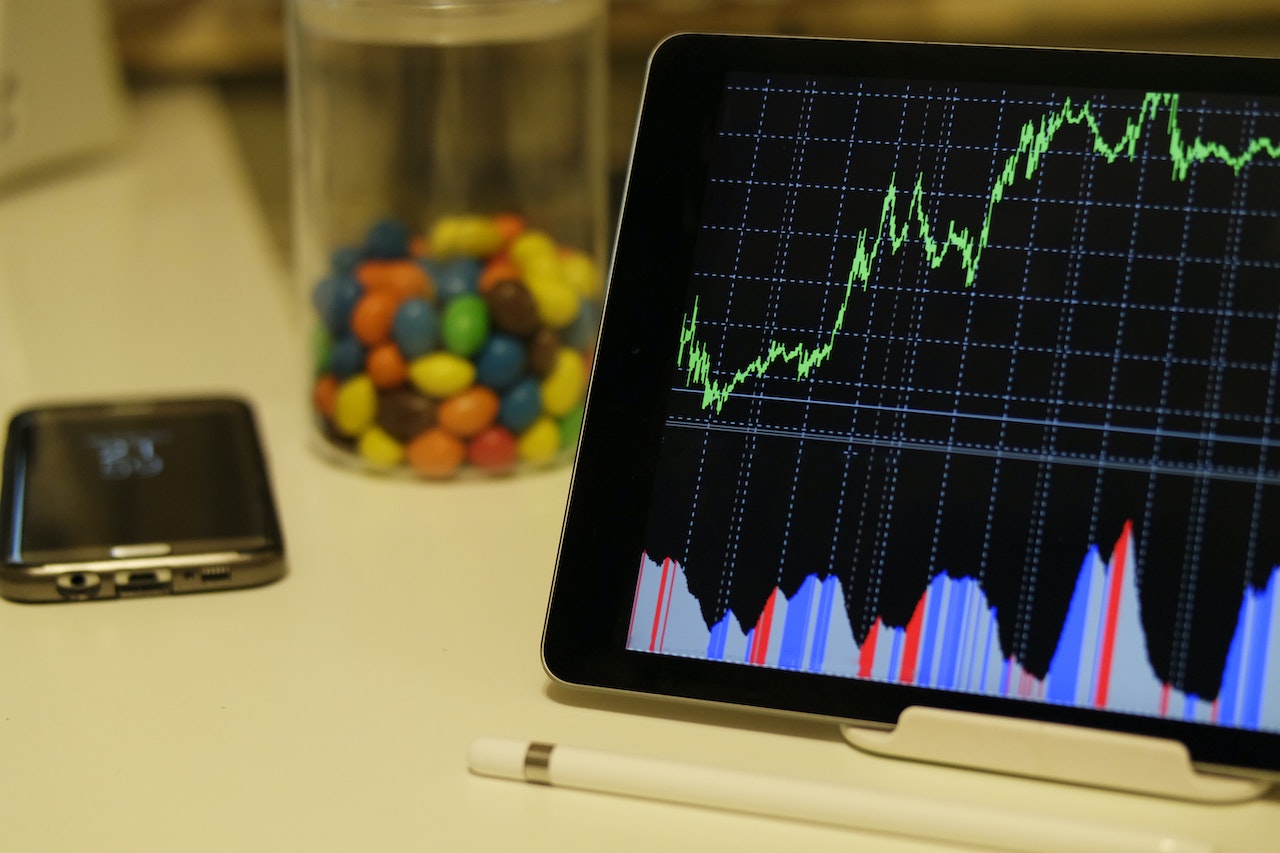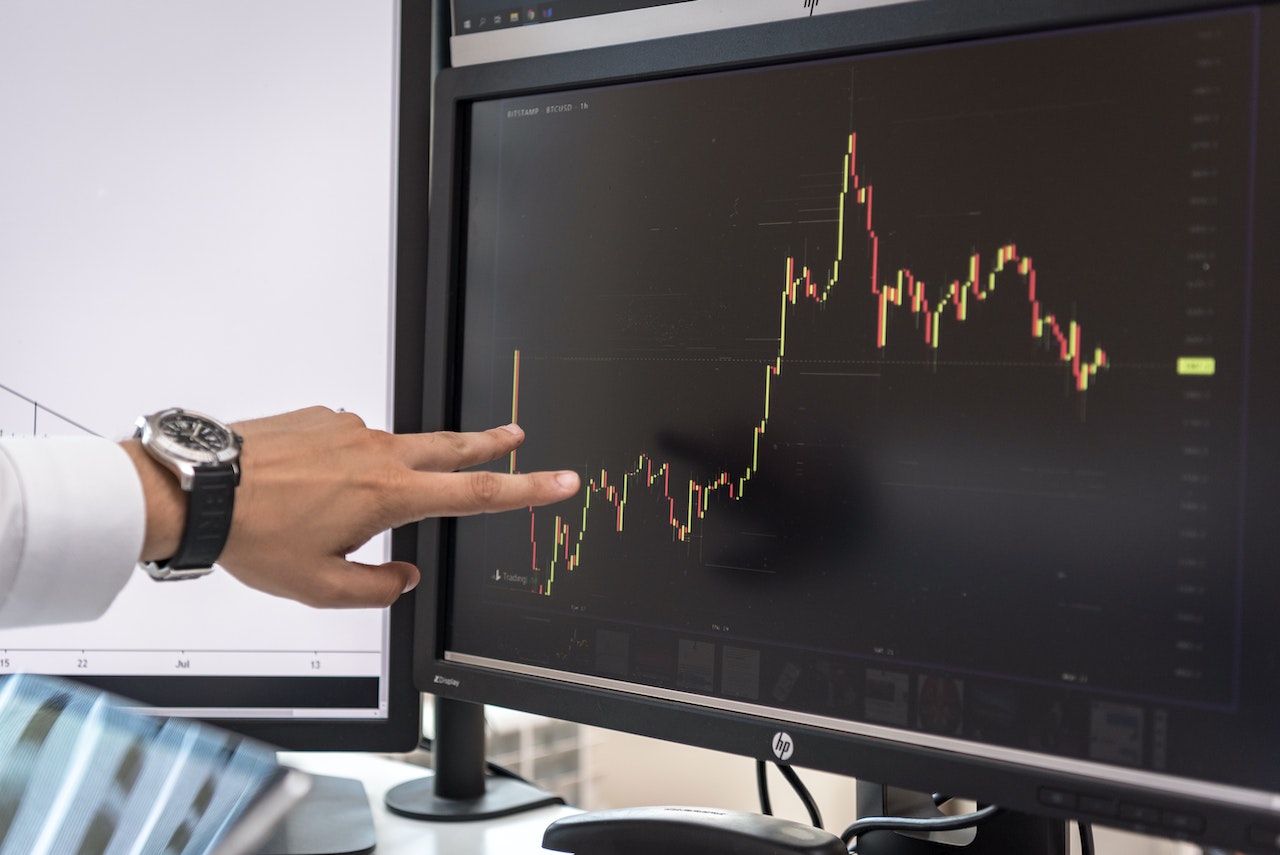What is Carry Trading in Forex and How Does It Work?
Carry trading in the currency markets is a simple strategy that involves buying currency pairs with a high-interest rate differential and selling currency pairs with a low-interest rate differential. As its name suggests, carry trading in Forex is about taking advantage of the interest rate differentials between two currencies to make profits on their relative price movements. The most commonly used method for carry trading in Forex is to buy (go long) a higher-yielding currency against a lower-yielding one, and then hold the position until the yield difference reverses or closes. In this case, the trader hopes to earn more from holding onto positions than they spend from borrowing costs associated with financing them.
Understanding the Different Types of Interest Rate Differentials
When carrying out a carry trade in Forex, it is important to understand the different types of interest rate differentials available. The two most common ones are yield spreads and basis points. Yield spreads indicate the difference between two currencies’ yields as a percentage of one currency’s yield, while basis points (or “bps”) measure the difference in absolute terms. The most commonly used type of interest rate differential for carry trading is the swap rate spread. This measure reflects the difference between an overnight interbank lending rate (LIBOR) for each currency being traded and can be used to calculate your total profits or losses from a carry trade position.
Advantages and Disadvantages of Carry Trading in Forex
Carry trading can be a great way to make money on the currency markets, as it allows traders to take advantage of interest rate differentials and generate returns without having to wait for changes in the exchange rate. There are some risks associated with this strategy, however, including rollover costs that arise if you hold positions overnight, and the potential for large losses if the market moves against your position significantly. It is important to note that carry trades do not always work out as planned; if the two currencies move together, then there will not be any yield spread and therefore no return from carrying out the trade. As such, it is important to research each currency pair thoroughly before entering into a carry trade position. Additionally, traders should always keep an eye on the central banks of each currency to anticipate any changes in their monetary policy.
Strategies for Calculating Risk in Forex Carry Trading
When entering into a carry trade in Forex, it is important to understand and manage the risk of your position. One way to do this is by using leverage, which allows traders to take positions that are larger than their initial capital. However, leverage can also magnify losses, so it’s important to use it responsibly and calculate your risk accordingly. Another strategy for managing risk in forex carry trading is to set stop-loss levels on each position you open. This will limit your losses if the market moves against your position significantly. Additionally, traders should always ensure they have sufficient capital on hand to cover any shortfalls or unexpected movements in the currency markets. Finally, hedging strategies such as options trades can be used to offset any losses from carry trades.
Managing Leverage in Forex Carry Trading
When using leverage in forex carry trading, it is essential to understand the risks involved. Leverage can magnify both profits and losses significantly, so it is important to adjust the amount of leverage used according to the position taken and make sure that you are comfortable with the level of risk associated with your trades. Most traders will use a combination of different strategies when managing their leveraged positions, such as setting stop-loss levels or using hedging strategies. Additionally, traders should always be aware of any changes in interest rates or exchange rates that could affect their position. By understanding and managing their risk exposure, traders can maximize their potential profits while minimizing their potential losses from leveraged carry trades.
Other Factors to Consider When Carrying Trade in the Forex Market
In addition to understanding and managing their risk exposure, traders should also take into account other factors when carrying trading in the Forex market. These include the political environment of the countries whose currencies are being traded, as well as any economic events that might affect those countries’ economies. Additionally, traders should always remember to monitor exchange rates for any signs of a reversal to exit out of positions at the right time.
Conclusion
Carrying trading in the Forex markets can be a profitable strategy, but it is important to understand and manage the risks associated with this type of trading. By understanding the different types of interest rate differentials available, calculating risk appropriately, using leverage responsibly, and taking into account other factors such as political or economic events, traders can maximize their potential profits while minimizing their losses from leveraged carry trades. With proper research and risk management strategies in place, carry trades can be an effective way for traders to generate returns on their investments.





